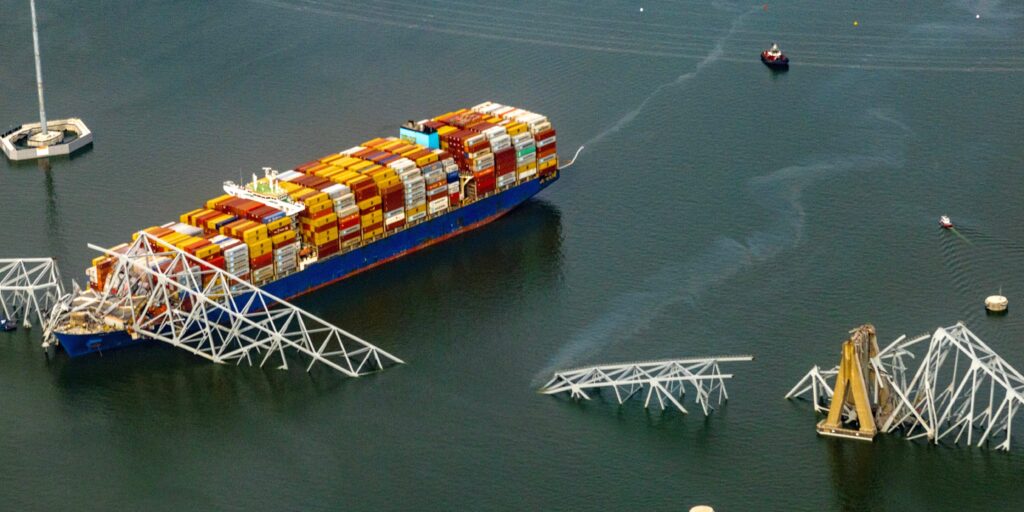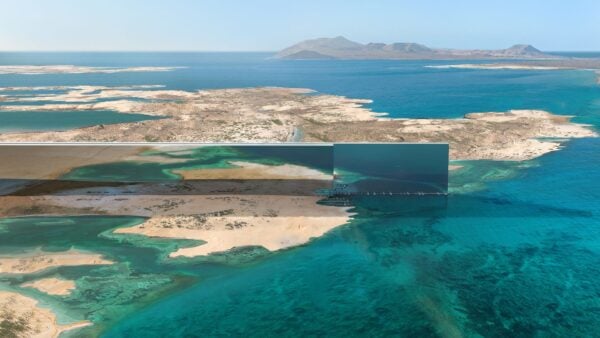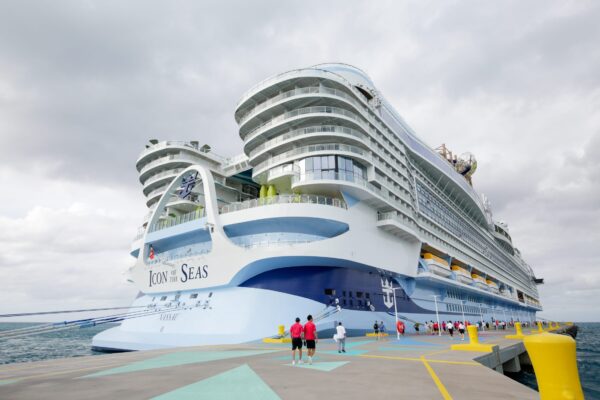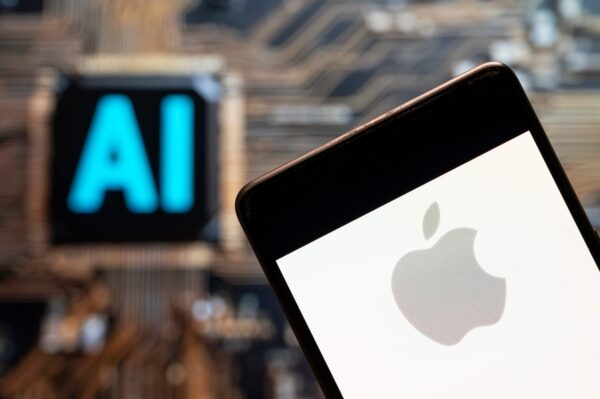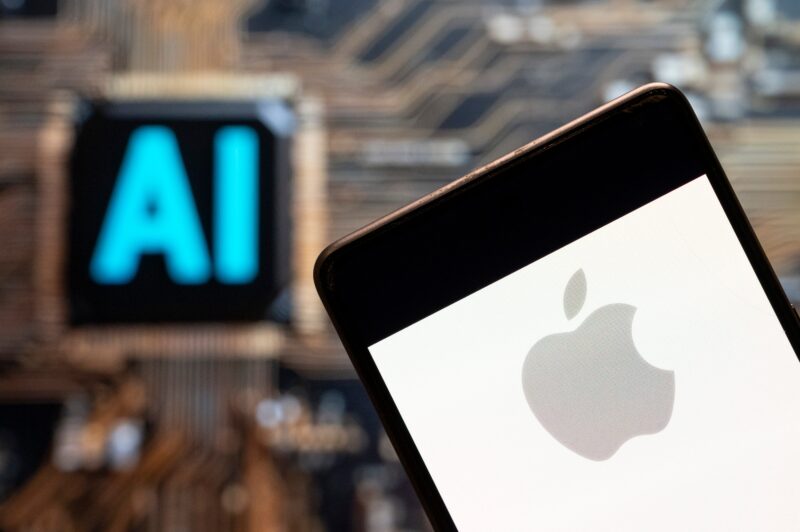- Contaminated fuel may have contributed to the Baltimore Bridge disaster, industry experts say.
- A large container ship ran into the Francis Scott Key Bridge early Tuesday morning.
- Officials will probe whether dirty fuel played a part in the incident, per The Wall Street Journal.
Safety officials are likely to investigate if contaminated fuel played a role in the Baltimore bridge collapse, causing the ship to lose power before it crashed into the Francis Scott Key Bridge, according to reports.
The Dali, a large container ship, ran into a section of the decades-old bridge early Tuesday morning, leading to six deaths and millions of dollars in damage.
Federal, state, and local authorities have launched a probe into what went wrong. Part of the investigation will examine whether "dirty fuel" contributed to the ship's initial loss of power, sources familiar with the matter told The Wall Street Journal.
An officer on board the boat told the outlet that the lights started flickering about an hour after The Dali departed. Soon, the smell of burning fuel had filled the engine room, the officer said. Crew members issued a mayday call but the ship wasn't able to drop anchors before it drifted toward the bridge, according to The Journal.
Marine experts say contaminated fuel is a long-standing industry issue and a possible factor in the Baltimore port crash.
Business Insider reached out to Dali's owner, Grace Ocean PTE and Dali's manager, Synergy Marine, for comment.
"We are closely following the investigations conducted by authorities and the vessel operator as well as conducting our own investigation," a representative for Maersk, Dali's charterer, told BI.
A 2018 report from the Atlantic Council, an international affairs think tank, found that marine fuel can often be tainted with a slew of industrial products that end up in the mix, leading to engine failures and power outages on ships.
Gerald Scoggins, a veteran chief engineer in the oil and gas industry, told The Washington Post that dirty fuel can clog a ship's filters leading to its main generator. If a ship's main generator goes down, the boat can end up in total blackout, leading to a potential catastrophe at sea.
Ships typically use different fuels for different parts of their voyage, Scoggins told the outlet. When ships are still in port like the Dali was at the time of the crash, boats typically depend on light diesel fuel, which can also be contaminated with water, dirt, and algae, Scoggins said.
John Catsimatidis, CEO of United Refining Company, told Fox News that it's not unusual for oil companies to sell ships contaminated fuel.
"You give them 80% real fuel and 20% garbage," Catsimatidis told the outlet.
The fuel that goes into ships while at port is typically mixed with something known as cutter stock, which can frequently include unregulated contaminants, Ian Dalby, one of the authors of the Atlantic Council report, told the Post.
Inspections into merchant ships have uncovered fuel mixed with motor oil and by-products from plastics, rubber, and fertilizers, according to the Atlantic Council report.
While it's still too early to determine what led to the Baltimore Bridge collapse, industry experts say "dirty fuel" would be one of multiple possible factors in the incident.
The investigation will look into The Dali's operations and safety record, Jennifer Homendy, chair of the National Transportation Safety Board, said during a news conference this week.
The ship underwent more than 20 port inspections since it was built in 2015, according to data from international shipping database Equasis. The Dali was cited for propulsion and auxiliary machinery deficiencies in June 2023. The vessel reported a loss of propulsion before the Tuesday crash, though it's unclear if it was related to the same issue flagged in June.
